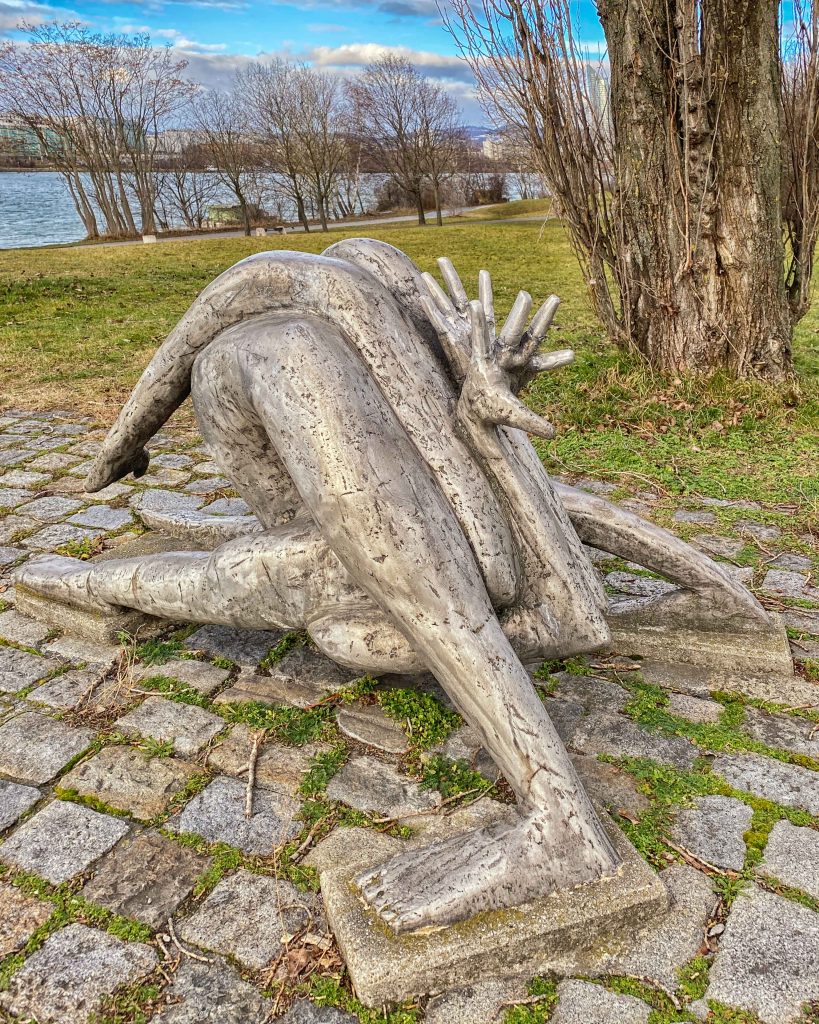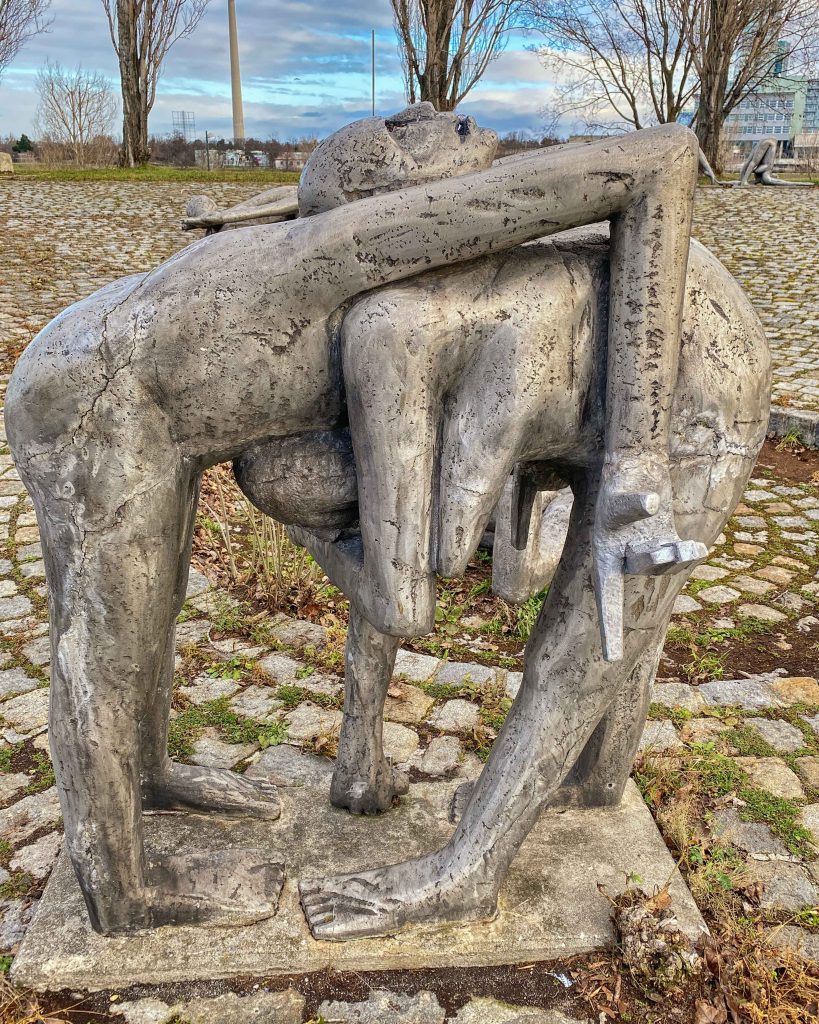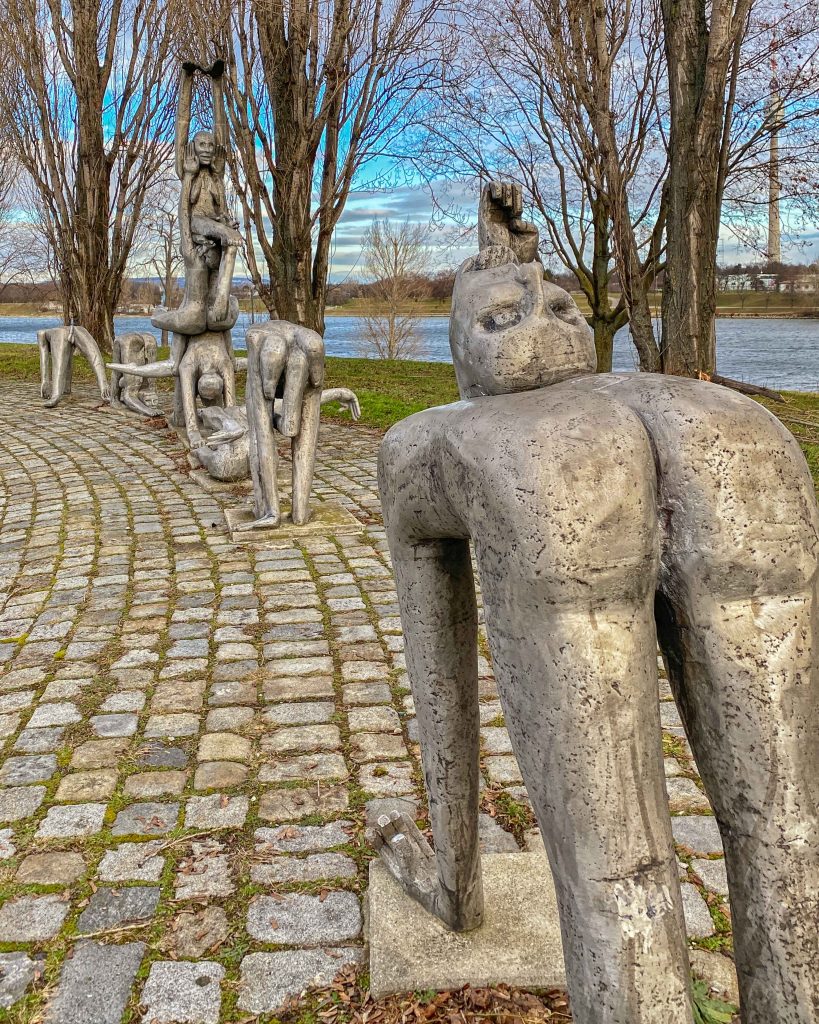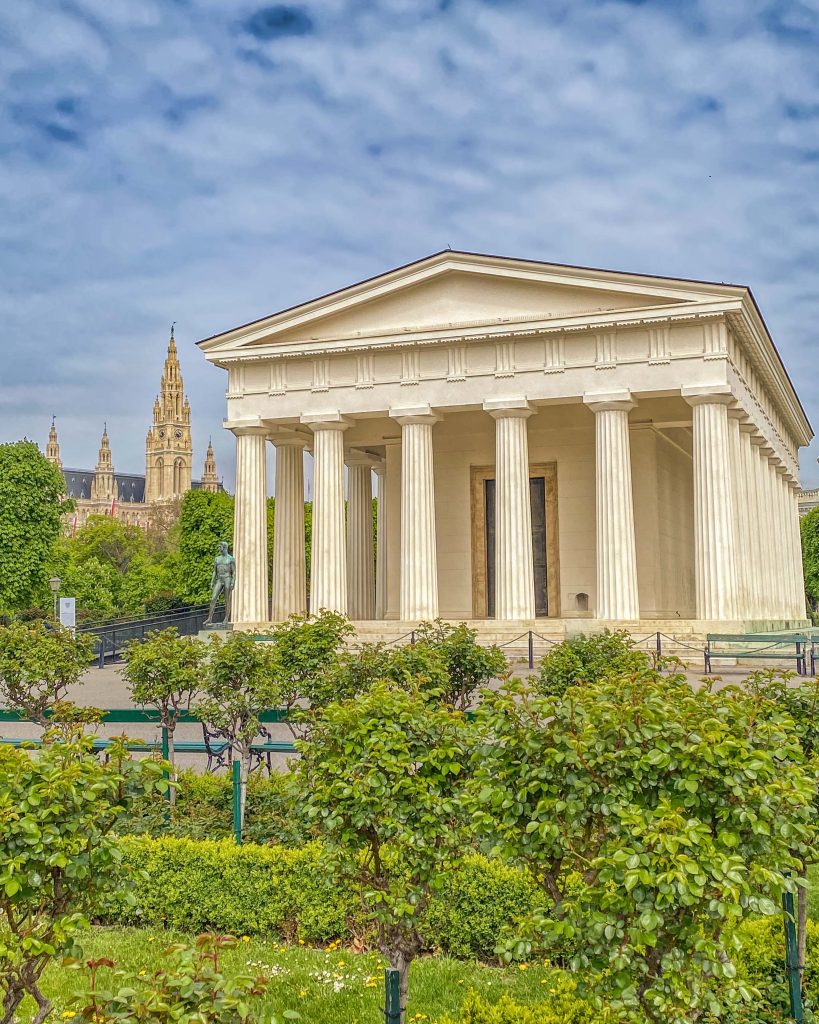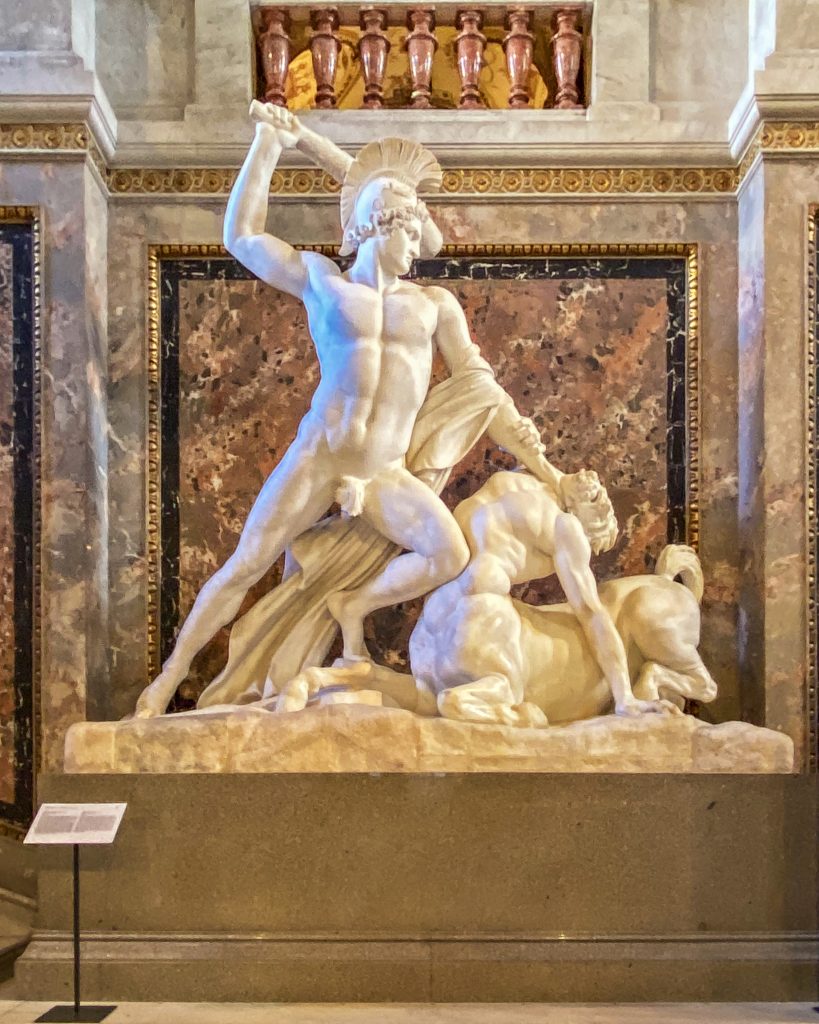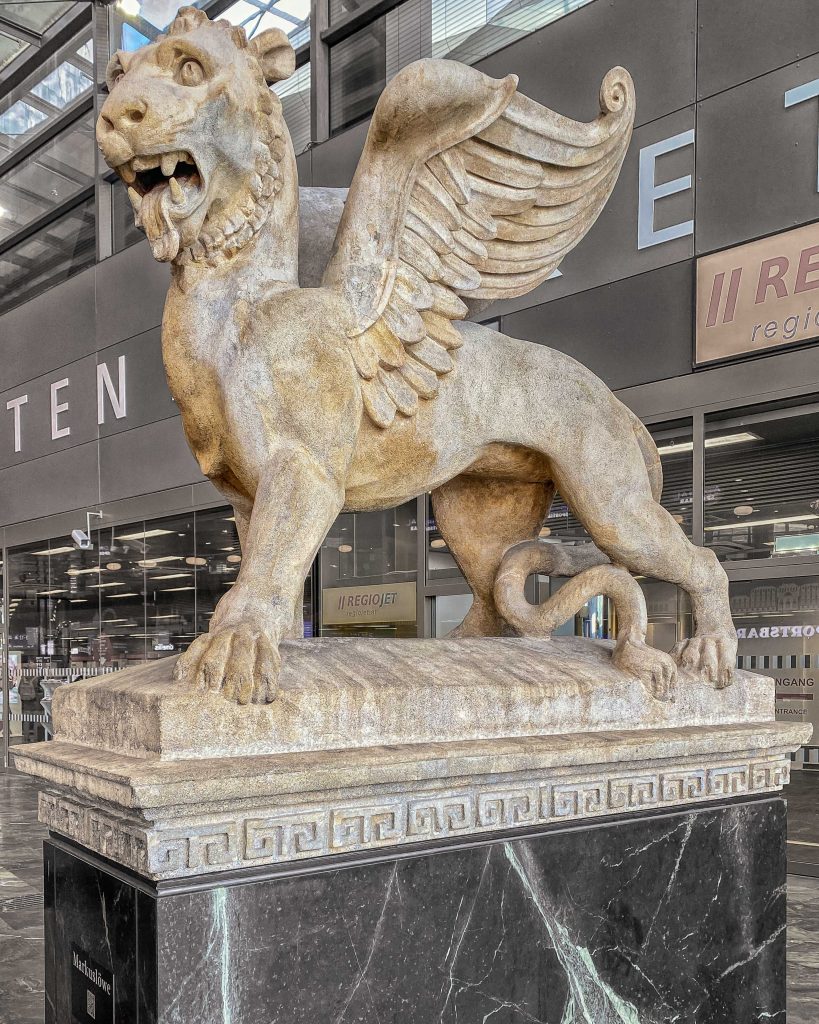Werkbundsiedlung Vienna
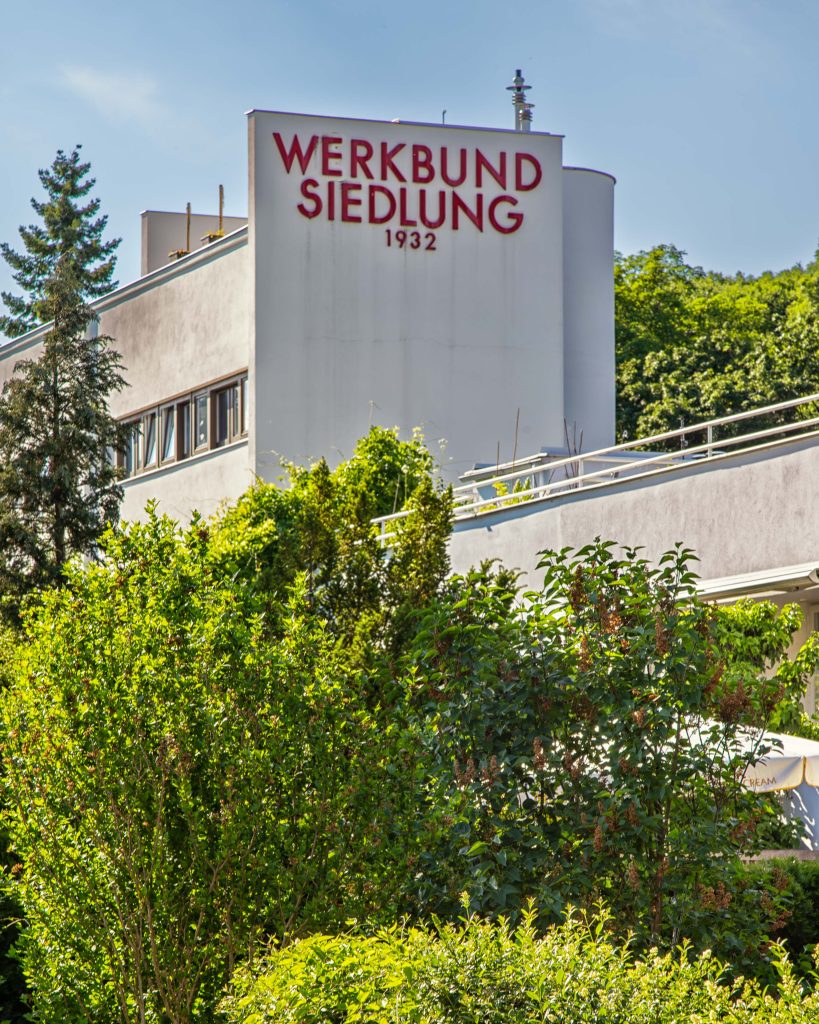
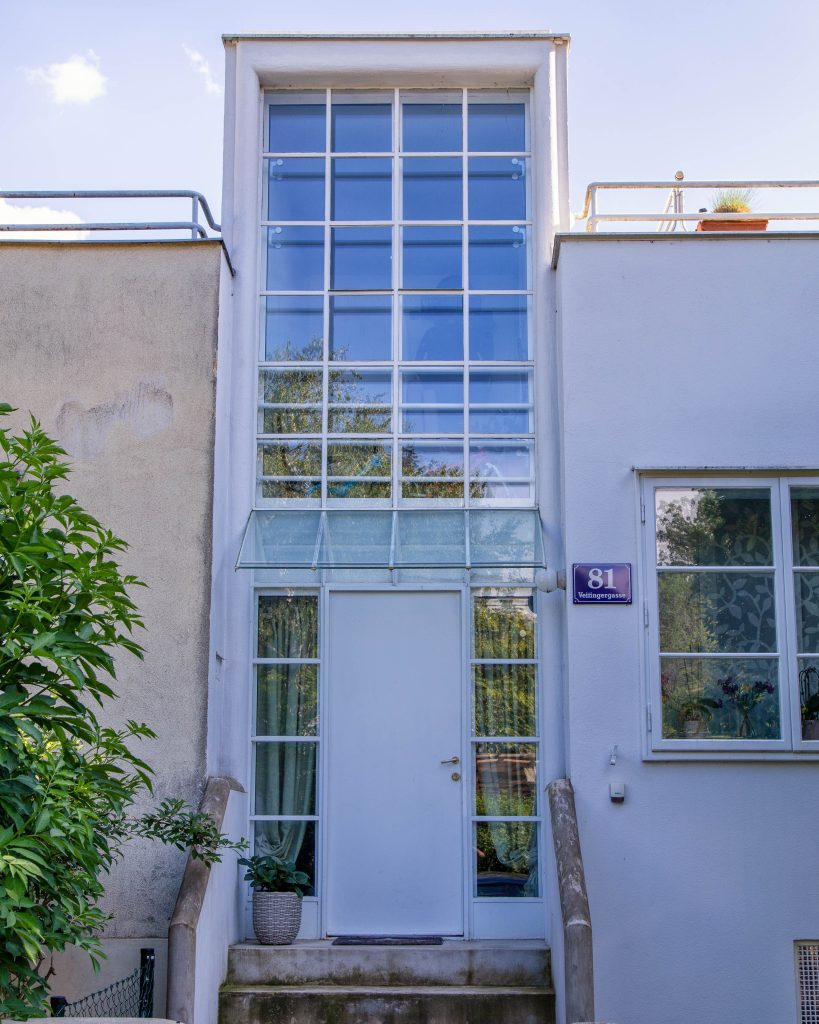
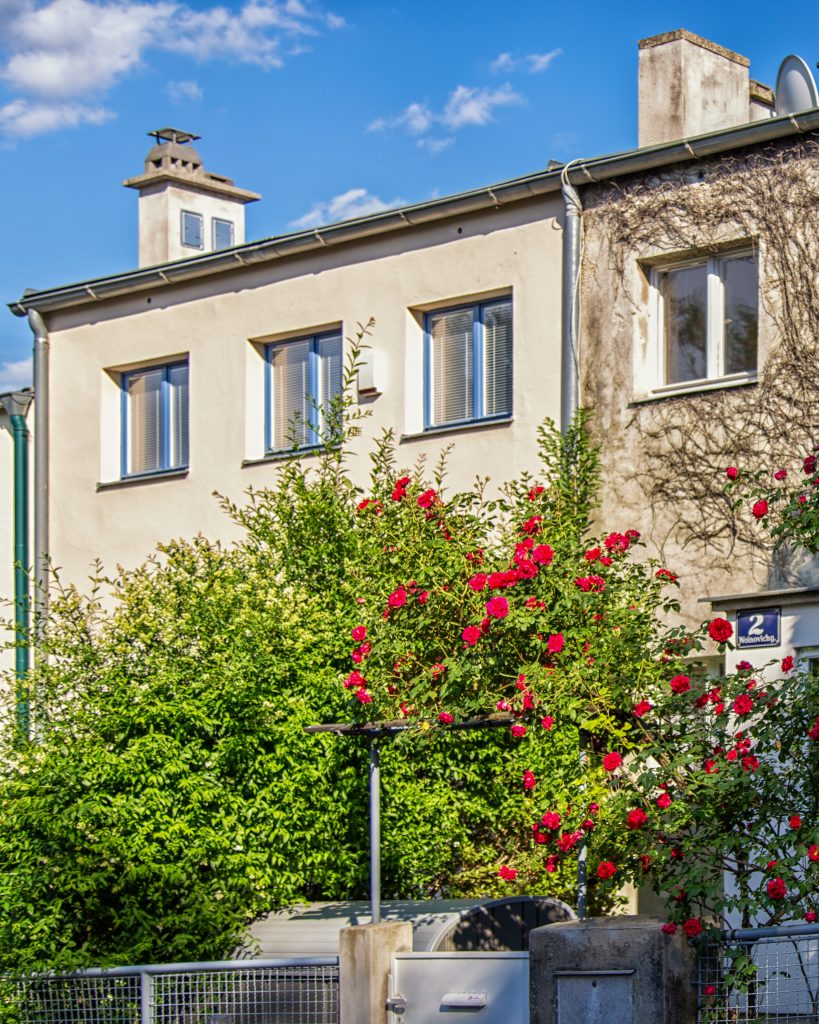




Opened in 1932, the Werkbundsiedlung in the 13th district Hietzing – consisting today of 64 small houses designed by 30 architects and female architect Margarete Schütte-Lihotzky – was created on the initiative of Josef Frank, based on the model of a similar settlement built a few years earlier in Stuttgart.
The direct juxtaposition of the works of important Austrian and foreign architects of the interwar period is particularly appealing. Despite the high level of visitor interest and positive media coverage, only 14 houses could be sold as planned; the rest were rented out and then turned over to the city administration during the Nazi period.
After renovations in the 1980s and 2010s, the experimental and now listed housing estate stands for undogmatic functionality and spaciousness in the smallest space of early architectural modernism.
Image 1: André Lurçat
Image 2: Josef Hoffmann – Image 3: Margarete Schütte-Lihotzky
Image 4: Oswald Haerdtl – Image 5: Gerrit Rietveld
Image 6: Adolf Loos – Image 7: Josef Frank

